Portsmouth’s space mission design facility used to help tackle space debris
Experts designing a ‘swarm’ of satellites to tackle the growing problem of space debris have worked together on the mission concept in the University of Portsmouth’s space mission design facility.
The Space Mission Incubator unites scientists, researchers and industry experts to speed up the development of space missions, and give academic-based teams access to the type of expertise that is crucial to early-stage mission design, but can be hard to come by outside of industry.
Space debris poses a huge problem for global communication systems and space exploration efforts. Over 50,000 pieces of orbital debris are tracked by the Space Surveillance Network, while over 170 million smaller pieces that cannot be tracked, also pose catastrophic collision risks.
Revealing the Orbital and Atmospheric Responses to Solar activity (ROARS) – a project funded by the European Space Agency and led by the University of Warwick – explores how formations of small satellites, flying just above the earth in Low Earth Orbit (LEO), could tackle the problem.
The ROARS team used the Space Mission Incubator to test how swarms of CubeSats, each about the size of a microwave, could provide measurements necessary to accurately predict and prevent satellite and debris collisions.
Dr Lucinda King, Space Projects Manager at the University of Portsmouth’s Institute of Cosmology and Gravitation, said:
“This mission is important for collision avoidance, to reduce the amount of space debris, and to understand the impact of changes in space weather.
“It’s fantastic to use the Space Mission Incubator to advance huge consortium projects like this, which will ultimately better predict how we can keep space clean and safe.”
Engineers from Space South Central businesses In-Space Missions and KISPE, worked with Open Cosmos engineers and academics from the universities of Portsmouth, Warwick, Northumbria and others over two and a half days in the Space Mission Incubator.
Dr King added: “We were primarily looking at parts of the mission architecture that related to formation flying because these small satellites will need to fly in a specific configuration in order to get a three-dimensional measurement of atmospheric and magnetospheric parameters, to explore how the atmosphere and magnetosphere affect each other.”
Dr Ravindra Desai, of the University of Warwick’s Centre for Fusion, Space & Astrophysics and Principal Investigator for the mission, said:
“We have a very complex mission design, and this facility enabled us to zero in on the difficult aspects. “We are seeking to combine the measurements from over six miniaturised scientific payloads on each of the satellites within the swarm, and really push the boundaries of what is possible with a space mission.”
Director of the Space South Central Enterprise Network, Dr Louise Butt, said:
“Inspired by NASA’s Jet Propulsion Laboratory (JPL), and tapping into academic and industry expertise, the University of Portsmouth’s Space Mission Incubator is a unique facility in the UK. Using extensive space talent from across our network ensures a collaborative approach, rapidly iterating mission concepts, and accelerating the future of UK space science and new space innovations.
“At Space South Central we are committed to raising awareness of the equipment and expertise available in our region to make it easier for businesses – especially start-ups and SMEs – to grow and develop their ideas, products and services.”
